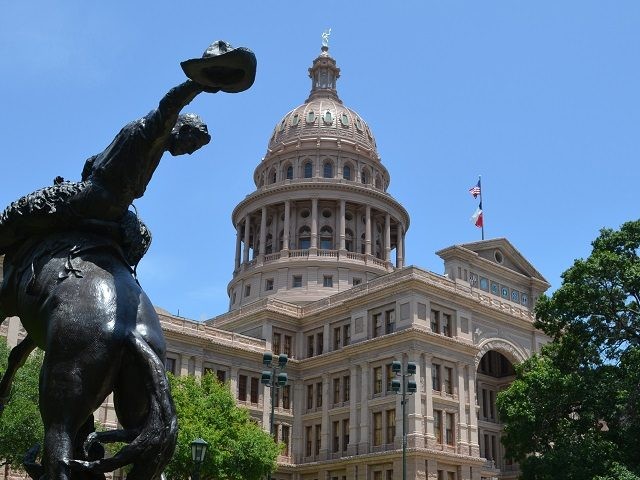The Texas Legislative Budget Board (LBB) adopted a constitutional spending limit on Thursday that curbs budget growth to eight percent over the next two years.
Under the restriction, spending will increase slower than personal income is projected to grow over the next two years.
The limit was adopted with a unanimous vote of the board.
The board meets on or before December 1 every year. In the meetings, it adopts an estimated rate of state economic growth and a spending limit for the next legislative session. The 85th Texas Legislative Session begins on the second Tuesday in January of every odd-numbered year. This year the Texas Legislature convenes on January 10, 2017.
The LBB is charged with determining the estimate rate of growth of the state’s economy by dividing the estimated Texas total personal income for the next two years by the estimated Texas total personal income for the current biennium. Texas law states, “Using standard statistical methods, the board shall make the estimate by projecting through the biennium the estimated Texas total personal income reported by the United States Department of Commerce or its successor in function.”
Lieutenant Governor Dan Patrick and House Speaker Joe Straus co-chair the Legislative Budget Board.
According to a document presented to the Senate Finance Committee by the LBB in mid-May of this year, the Texas Constitution contains four spending limits on Lone Star State elected representatives. They are a: (1) Debt limit; (2) Welfare spending limit; (3) Pay-as-you-go limit; and (4) Limit on the growth of certain appropriations. The latter is what is referred to as the “Spending limit.”
The LBB represented that the 2016-17 budget was within all of the foregoing limits.
The “Spending Limit” can be found in Article VIII, Section 22 of the Texas Constitution. It was approved by voters on November 7, 1978. The provision states that “(a) In no biennium shall the rate of growth of appropriations from state tax revenues not dedicated by this constitution exceed the estimated rate of growth of the state’s economy. The legislature shall provide by general law procedures to implement this subsection.”
Texas Government Code Chapter 316 provides the general law pertaining to the Spending Limit and it directs the LBB to establish:
- The estimated rate of growth of the state’s economy from the current biennium to the next biennium;
- The level of appropriations for the current biennium from state tax revenues subject to the limit;
- The subsequent biennium’s limit on appropriations subject to the limit.
It also requires that the rate of growth be defined as the growth in personal income.
The Constitutional Spending Limit applies to tax revenue that is not dedicated by the Texas Constitution. Those appropriations controlled by the limit include: sales tax; motor vehicle sales tax; franchise tax; cigarette and tobacco taxes.
“The people of Texas elected us to produce a conservative budget that ensures that taxpayer dollars are spent wisely and that government growth does not exceed increases in inflation and our population. Today’s vote by the Legislative Budget Board underscores our firm commitment to that belief,” Lt. Gov. Dan Patrick said in a statement obtained by Breitbart Texas.
“Today’s vote will allow the Legislature to produce a balanced, responsible state budget,” said House Speaker Joe Straus. “It will also allow us to make strategic investments in priorities such as education, child protection and mental health care. The House will continue to practice fiscal discipline while addressing the core needs of our growing state.”
Lana Shadwick is a contributing writer and legal analyst for Breitbart Texas. She has served as a prosecutor and associate judge in Texas. Follow her on Twitter @LanaShadwick2.

COMMENTS
Please let us know if you're having issues with commenting.